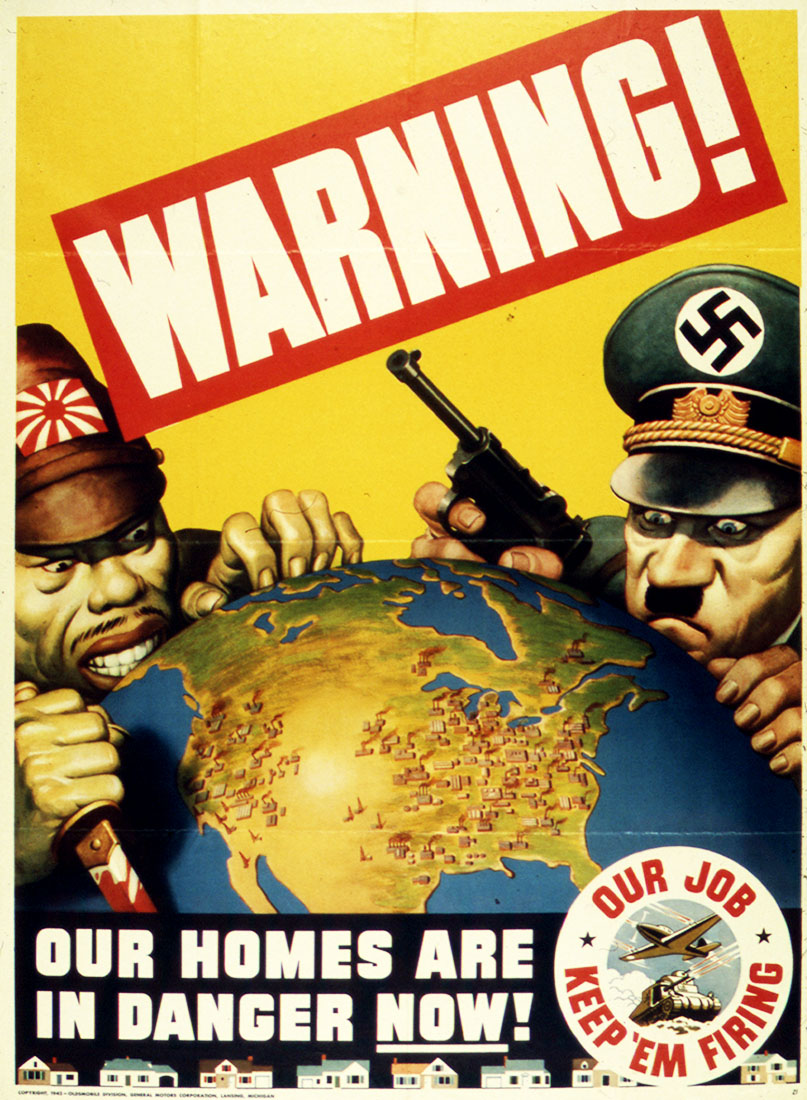Summary
This chapter is about using images to create images about communities either in a positive light or in a negative light. Both these approaches lead to the term covered in the chapter called othering. Othering uses stereotypes to create an image of the group to the viewer either in a positive light or in a negative light. This technique of othering creates a commonality between negative images and positive images by using the same techniques. There are also many similarities of this other between many groups that are covered. These groups include images of women, African Americans, Southerners, Muslims, and so on. Negative depictions of minority groups tend to emphasize the same kinds of character qualities, which gives them a sort of interchangeability. This chapter points out some of these parallel strategies, all of which are part of creating the Other. The reading then goes into the idea that these stereotypes are not true but are orchestrated by the people who use them to create the image of that said community. Ultimately, the reading concludes with the idea that stereotyping is used as a propaganda tool to manipulate people to think in a certain way.
Outside example

Public relations specialists advised the U.S. Government that the most effective war posters were the ones that appealed to the emotions. The poster is shown here played on the public’s fear of the enemy. The images depict Americans in imminent danger-their backs against the wall, living in the shadow of Axis domination
Connection
This ad connects to the idea of the negative image by creating an idea for the American people to see the Japanese and the Nazis as scary, mysterious, and crawling towards to destroy it. This ad represents the Nazis as highly technological because of the use of the gun. They also show them under the figurehead of Hitler showing the US who they have to defeat. Unlike the Nazis, the Japanese image uses a more broad approach as they are fighting the entire nation compared to a tyrant. They show the Japanese looking more like monkeys and apelike as well the Japanese man is holding a knife to connote their savagery. This ad also shows the homes across the US and the enemy eyeing them intensely and by including the quote “Our homes are in danger NOW”. This makes the American people feel trapped and puts them on guard. This ad aimed to push people to feel like they’re fighting for their homes and livelihood. This would motivate people to enlist in the military to protect their families and it would motivate people at home to work harder on the production of military equipment. Finally, the negative portrayal of the enemy makes them otherly to the Americans and makes them view the war as a war against monsters like Hitler and the Monkey-looking people from across the pacific.
check plus
LikeLike